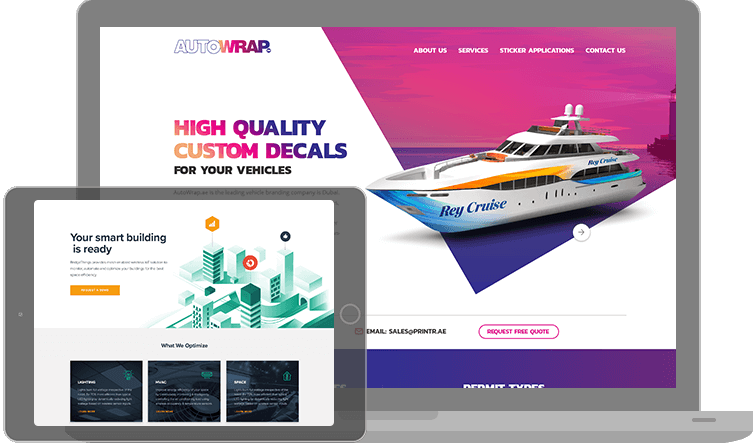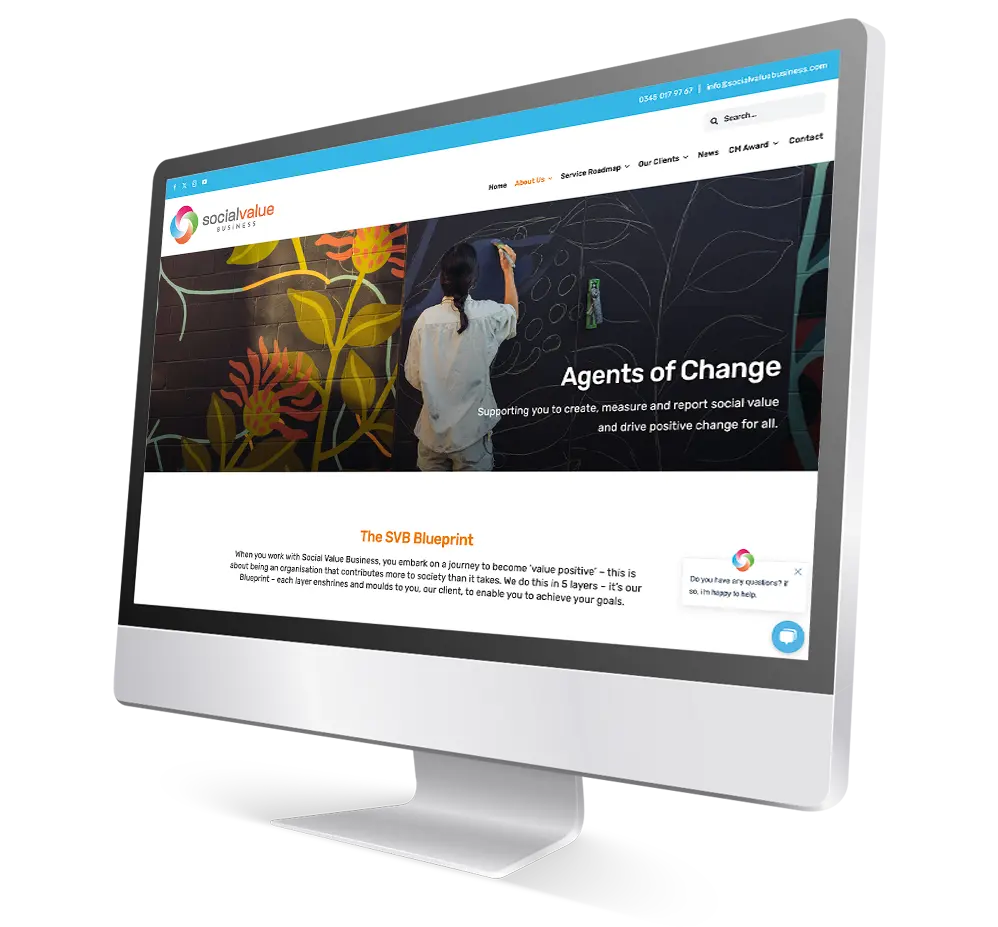How Website Design Can Help Improve User Experience and Engagement
How Website Design Can Help Improve User Experience and Engagement
Blog Article
Necessary Tips for Crafting High-Impact Internet Site Designs
In the realm of digital advertising, the style of a web site acts as an important touchpoint for engaging potential customers. To create high-impact web site styles, one have to think about vital aspects such as audience understanding, user experience, and visual hierarchy. Each of these elements plays an essential role in not only bring in site visitors yet likewise in helping with meaningful communications. The interplay between these factors can be nuanced and complicated, raising the concern of just how to effectively balance them to accomplish optimal outcomes. Exploring these strategies can result in transformative end results for your on-line existence.
Understand Your Audience

To efficiently recognize your audience, start by performing market analyses to collect data on age, sex, area, and rate of interests - website design. This information acts as a structure for producing individual personas, which represent the key characteristics of your target audience. These characters guide decision-making in layout components and material technique, ensuring positioning with individual assumptions
In addition, evaluating customer actions via devices like Google Analytics can disclose how site visitors communicate with your website. Metrics such as bounce prices and time on web page can highlight areas that need improvement or adjustment. User surveys and feedback likewise give vital insights right into choices and pain points.
Inevitably, a deep understanding of your audience is not merely advantageous but crucial. It equips designers to create even more appropriate, enticing, and practical internet sites that foster a positive customer experience and drive wanted results.
Prioritize Customer Experience
When making an internet site, prioritizing user experience (UX) is extremely important to accomplishing both customer complete satisfaction and organization purposes. A well-crafted UX makes sure that site visitors can browse the site easily, locate the details they need, and involve with content efficiently. To achieve this, it is critical to adopt a user-centered style approach that entails understanding customer needs, preferences, and actions.
Begin by conducting extensive research, consisting of user surveys and use testing, to collect understandings right into how customers engage with your website. This information should inform design choices, guaranteeing that formats and features line up with customer assumptions. Structured navigation is crucial; visitors ought to have the ability to situate details rapidly without unneeded clicks or confusion.
Additionally, consider the packing rate of your website. A slow-loading site can cause high bounce rates, negatively affecting individual experience. Optimize pictures and scripts to boost performance.
Last but not least, guarantee that your website comes to all individuals, consisting of those with disabilities. Following availability standards not just widens your target market but also promotes inclusivity. By focusing on UX, you lay the foundation for an effective site that meets both individual needs and company objectives.
Embrace Visual Power Structure
A well-structured aesthetic power structure plays a considerable role in boosting user experience by assisting visitors' attention to the most crucial components of a site (website design). By tactically preparing content, designers can produce a clear path for users to adhere to, ensuring they engage with vital info properly
To carry out visual pecking order, beginning by using dimension and scale. Bigger components normally draw the eye, making them ideal for headlines or contacts us to activity. Complement this with contrasting shades that highlight key areas, as dynamic shades can develop focal points that capture interest.
Furthermore, the placement of aspects on the page is important. Leading the visitor's stare through the layout can be achieved by placing vital information at the leading or in the center, where customers generally start their aesthetic trip. Integrating whitespace around components can also boost clearness, making it much easier for customers to refine information without really feeling overwhelmed.
Lastly, using typography effectively adds to visual pecking order. Different font weights, sizes, and designs can represent value, leading individuals via the web content effortlessly. By accepting these concepts, designers can create an user-friendly experience that promotes interaction and motivates customers to check see here out additionally.
Maximize for Mobile
Mobile optimization is vital in today's digital landscape, as a considerable part of internet traffic comes from mobile phones. To make sure a seamless customer experience, websites need to be created with mobile customers in mind. This involves using responsive internet design methods that adjust the design, photos, and message to fit different display dimensions while preserving capability and aesthetic appeals.

Touch targets, such as switches and links, have to be properly sized, guaranteeing they are conveniently tappable without mistakes. Ensure that kinds are mobile-friendly by decreasing input fields and using dropdowns where appropriate, enhancing the user experience.
Finally, examination your website across different mobile tools and browsers to recognize any issues that might impact functionality. By focusing on mobile optimization, you not just boost user satisfaction yet also favorably impact your website's search engine position, thus drawing in more site visitors and boosting total engagement.
Implement Solid Branding
Producing a natural and identifiable brand is essential to establishing a strong on the internet presence. A distinct brand name not just distinguishes you from rivals yet likewise cultivates depend on and loyalty amongst your target market. To carry out strong branding, begin by developing a clear brand identification that encapsulates your goal, worths, and vision. This identity needs to be reflected constantly across all digital touchpoints, including your web site, social media, and e-mail communications.
Aesthetic components such as logos, color pattern, and typography play a critical function in branding. Select a shade palette that reverberates with your target market and reflects your brand character. Ensure that your logo is flexible and plainly displayed on your web site, improving brand acknowledgment.
Content is equally essential; your intonation should align with your brand identification, whether it's specialist, friendly, or authoritative. Involving storytelling can better reinforce your brand, creating a psychological connection with customers.
Conclusion
In verdict, crafting high-impact internet site layouts necessitates a multifaceted approach that incorporates recognizing More Bonuses the audience, prioritizing individual experience, and embracing aesthetic hierarchy. By incorporating these elements, web sites can successfully engage customers, facilitate smooth navigation, and foster psychological connections that enhance brand name identification.
To produce high-impact internet site styles, one should take into consideration vital aspects such as target market understanding, customer experience, and visual power structure.When developing a website, prioritizing individual experience (UX) is critical read the full info here to attaining both customer complete satisfaction and business goals.Beginning by carrying out thorough research, consisting of user studies and use testing, to collect understandings into exactly how customers communicate with your website. To guarantee a seamless customer experience, websites should be made with mobile users in mind.In conclusion, crafting high-impact internet site designs demands a complex approach that encompasses understanding the audience, prioritizing individual experience, and welcoming visual power structure.
Report this page